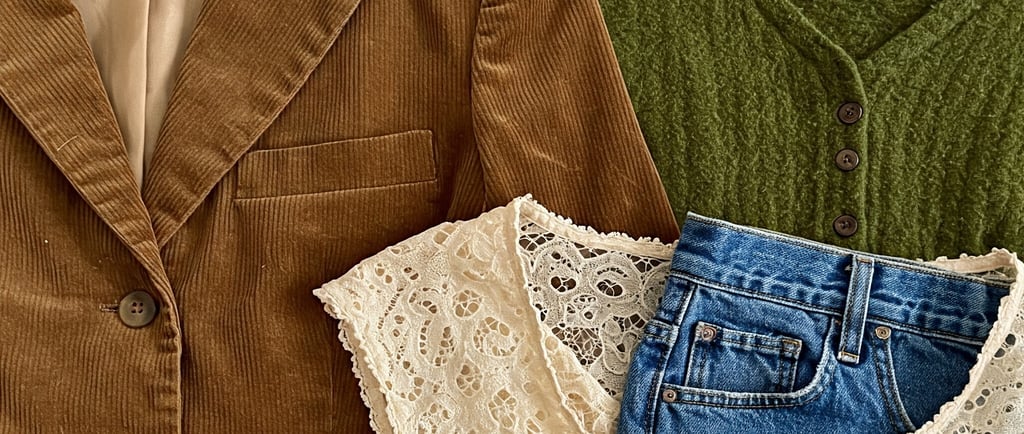Preference for Pre-Loved and Second-Hand Fashion. The allure of vintage and second-hand fashion continues to grow


The Growing Allure of Vintage and Second-Hand Fashion
In recent years, there has been a notable shift in consumer preferences towards pre-loved and second-hand fashion. This movement is not merely a trend but a reflection of deeper cultural and environmental considerations. The charm of vintage clothing, coupled with the sustainability of second-hand garments, has captivated a diverse audience, making it a significant force in the fashion industry.
Unveiling the Appeal of Vintage Clothing
Unique Style Statements: Vintage fashion offers unparalleled individuality. Each piece carries a distinct history and character, allowing wearers to express personal style in ways that mass-produced clothing cannot.
Superior Quality and Craftsmanship: Many vintage garments were crafted with meticulous attention to detail and high-quality materials. This often results in clothing that is more durable and timeless compared to some modern counterparts.
Environmental Sustainability: Opting for vintage and second-hand clothing is an eco-friendly choice. It reduces demand for new production, thereby lowering textile waste and the environmental footprint associated with manufacturing processes.
Cost-Effectiveness: Purchasing pre-loved items can be economically advantageous. Consumers often find high-quality, designer pieces at a fraction of their original prices, making fashion more accessible.
Connection to History and Culture: Wearing vintage clothing provides a tangible link to the past, offering insights into historical fashion trends and cultural narratives, enriching the wearer's appreciation for fashion's evolution.
Market Dynamics: The Rise of Second-Hand Fashion
The second-hand fashion market is experiencing remarkable growth, driven by several factors:
Technological Advancements: The integration of artificial intelligence (AI) in resale platforms enhances user experience by offering personalized recommendations and efficient search functionalities, making the second-hand shopping process more engaging.
Economic Factors: Economic uncertainties and rising living costs have prompted consumers to seek more affordable fashion alternatives. Second-hand clothing provides high-quality options at lower prices, appealing to budget-conscious shoppers.
Cultural Shifts: There's a growing cultural acceptance and even enthusiasm for wearing pre-loved garments. Events like pop-up shops featuring live DJs and curated vintage collections attract younger audiences, blending entertainment with sustainable shopping.
The Role of Social Media and Pop Culture
Social media platforms and pop culture play pivotal roles in popularizing vintage and second-hand fashion:
Influencer Endorsement: Celebrities and influencers showcasing vintage pieces on social media amplify their appeal, inspiring followers to explore and adopt similar styles.
Educational Content: Online content that educates consumers about the environmental and ethical benefits of second-hand shopping fosters a more conscious and informed audience.
Conclusion
The preference for pre-loved and second-hand fashion is a multifaceted movement that intertwines sustainability, individuality, and economic sensibility. As consumers increasingly seek unique, high-quality, and environmentally friendly clothing options, the allure of vintage and second-hand fashion is set to continue its upward trajectory, reshaping the fashion landscape for the better.
